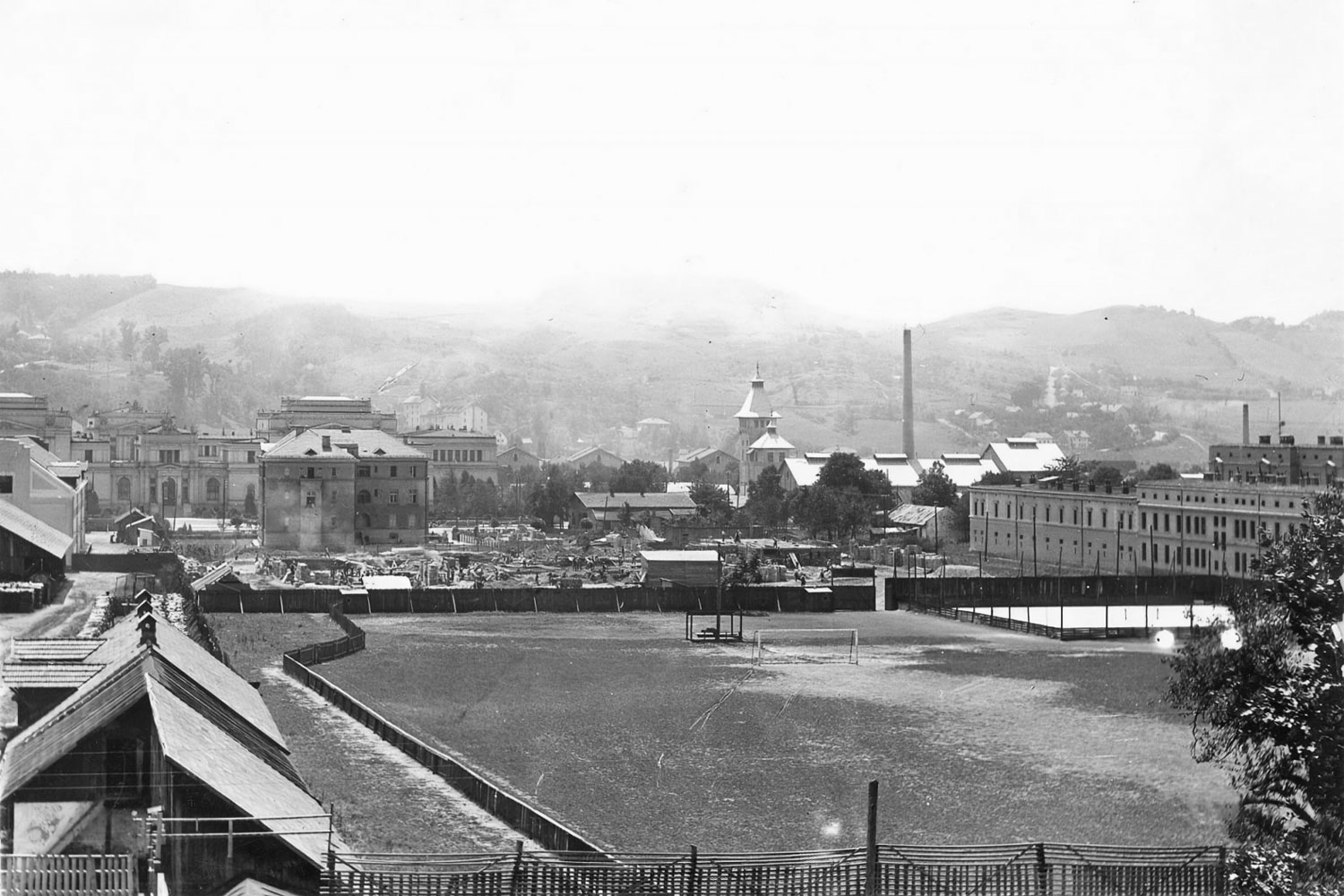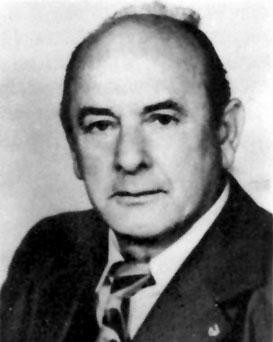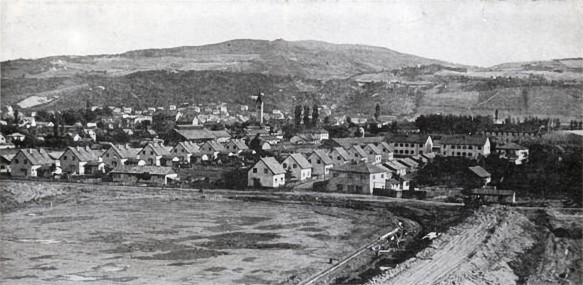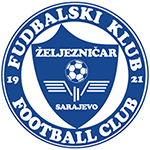World War II took place during the hostile occupation of Sarajevo. Normal activities were limited, and a significant number of players and club members participated in the fight against the occupiers. While it’s true that clubs had the opportunity to continue working within the competitions organized under the auspices of the NDH, Željezničar did not want any part of it.
Sarajevo was liberated in April 1945, and by June, the workers of the railway workshop “Vaso Miskin Crni” had already decided to resume the activities of their club. An assembly was held, during which the society reaffirmed its commitment to continue working and to include sections for various sports. Initially, there was a plan to change the club’s name to “Vaso Miskin Crni,” but the Fiscal Federation of BiH rejected the proposal, explaining that no society could bear the name of people’s heroes. Consequently, the original name “Željezničar” was retained.
At that time, all activities were carried out under the name of the Fiscal Society Željezničar. It was only in 1950 that a special assembly was held for the football club. Along with administrative activities, practical work was also carried out. Friendly matches were organized, and the games were played at the stadium “April 6,” located at Marijin Dvor, which was assigned to the club by the Fiscal Federation of BiH.

In 1945, the first championship was held in the newly liberated state, with the republics and provinces represented in the competition. The first official Club Championship of Yugoslavia was scheduled for the 1946/1947 season, but qualifying matches were required to determine the participants for the first league draw. Željezničar played against Sarajevo clubs Udarnik and Sloboda (which later merged to create Torpedo) and won the first place, securing a spot in the playoffs for the joint state league. In the playoffs, Željezničar competed against the winners of other regional competitions in BiH, namely the winner of the Banja Luka region Borac and the winner of the Mostar region Velež. By winning against Borac in a direct match in the last game, Željezničar overtook them on the table, securing a spot in the first league season played in Yugoslavia after World War II. This was the club’s greatest achievement up until that moment.

The young Željezničar team, with variable results, entered the premier first league season. Nevertheless, the club received a major blow when the authorities decided in early 1947 to form a new club, Torpedo. The Fiscal Association of BiH determined that Željezničar must cede its six best players to the newly established club. One of them, Josip “Joško” Domorocki, explicitly refused to move to the new club. In response, Torpedo voluntarily registered Karl Skopovi, whom Željezničar eventually managed to return.
Snatching the best players from the only BiH representatives in the national league inevitably reflected on the team’s results. Željezničar landed in 12th place at the end of that season (out of 14 clubs), and the result was relegation to the lower tier.
Although the results in the second division during the 1947/1948 season were not very good, the final placement should have been enough to stay in that rank. However, due to the reorganization of the competition in Yugoslavia, we were placed in the republic league of BiH. As early as 1950, we returned to the Second Federal League where we played for two seasons. When football competitions were reorganized again in 1952, the Second Division was not played. As a result, the club competed in the Sub-Federation League of the City of Sarajevo, followed by very complicated qualifications for the Second Federal League. On the second attempt, Željezničar succeeded in the competition against Šibenik, Branik (today’s Maribor), and Tekstilac (today’s Varaždin). Already in the next season, they achieved a return to the highest rank – the First Federal League, by winning the second place behind Zagreb.
The first Federal League, however, was a completely different world. A large number of excellent clubs and footballers meant much stronger competition, but at the same time, the opportunity for young players in blue jerseys to show how much they can. Led by their first national team player in the club’s history, Ilijas Pašić, Željezničar won survival in the 1954/1955 season. In the next season, the club was not so lucky. They were supposed to be relegated to the Second Federal League again. They were supposed to, but for the umpteenth time, a change in the competition system was planned, which implied that instead of playing in the Second League, they would again start from regional competitions and complex qualifications, but this time for the first league. After numerous matches, Željezničar was better than Borovo, Split, and Radnički from Kragujevac, and again found themselves in the company of the best.
A few notable results and a fairly good spring season ensured us a place in the middle of the table. Unfortunately, once again, relegation from the major league was our fate. A few unfortunate results left us only one point behind Sarajevo, resulting in our new relegation to the Second League. Even a convincing 4-1 win over our city rivals in the final round could not make up for earlier point losses.

In parallel with these events, the club built its own stadium for the second time in its history. The “April 6” Stadium at Marijin Dvor had been used until 1950, but the regulatory plans for the city included a new purpose for the space next to the Technical High School. The club temporarily moved to the army playground in Skenderija, but what is more significant is that construction of a completely new sports center began in May 1949 in the Sarajevo neighborhood of Grbavica. Railway workers, soldiers, and numerous volunteer residents of Sarajevo participated in preparing the ground, and a wooden west stand was transferred from Marijin Dvor. Finally, in 1953, the Grbavica stadium was opened. It’s worth noting that the stadium at that time had an athletic track that was also used for cycling races, and it was used by all members of the Željezničar Sports Association.










